Sellers Home Rocking Chair
Posted 10 February 2021
This is the introductory page for a paid video series. Want to watch more of this project? Select the best option below to get started.
As you have probably gathered from the introduction, Paul’s new rocking chair is a complex project. With this in mind we would recommend that you start making the chair once the series is complete, at which point we will have finalised the technical drawing too.
This is the first design for the houseful of furniture we are designing and making for sellershome.com. It has been an exciting development and from here on you will be able to follow the whole design process from beginning to end on through to the installation. The journey has already begun!

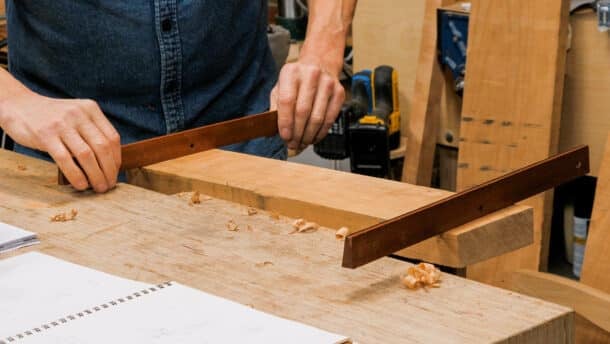
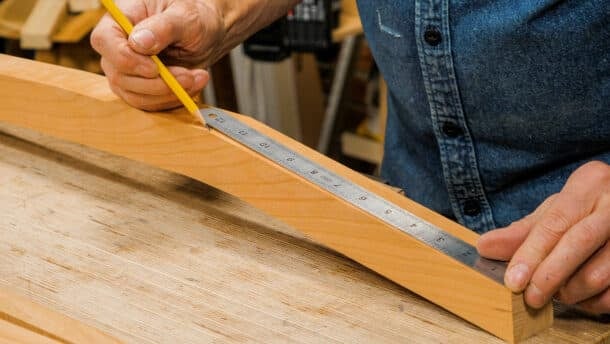
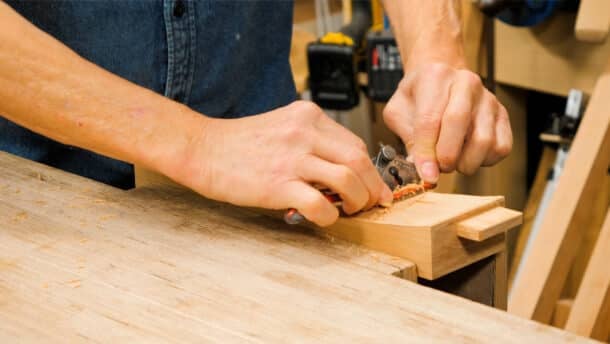
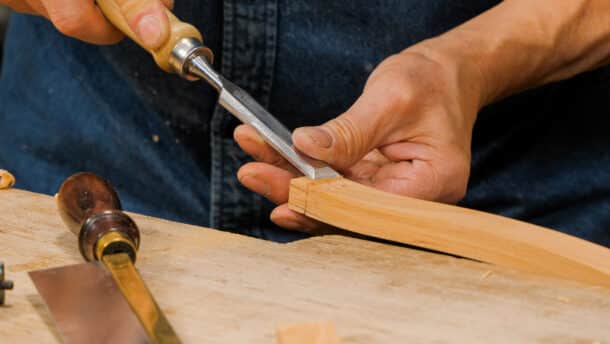
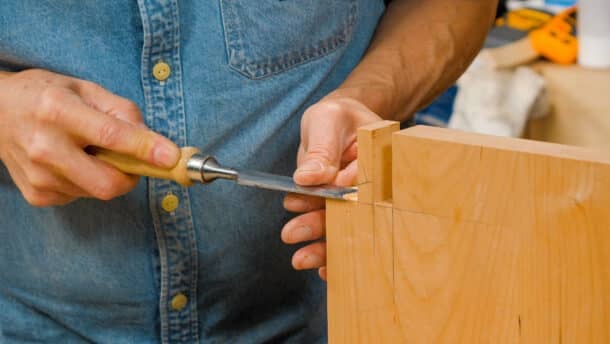
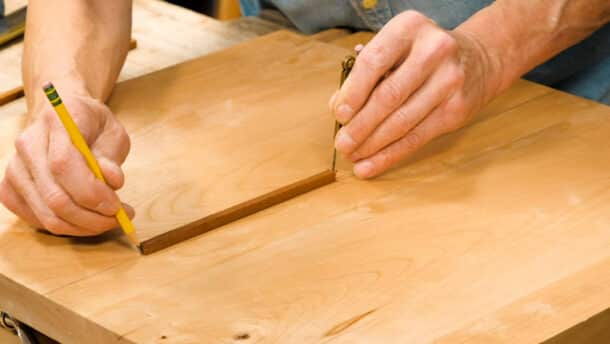
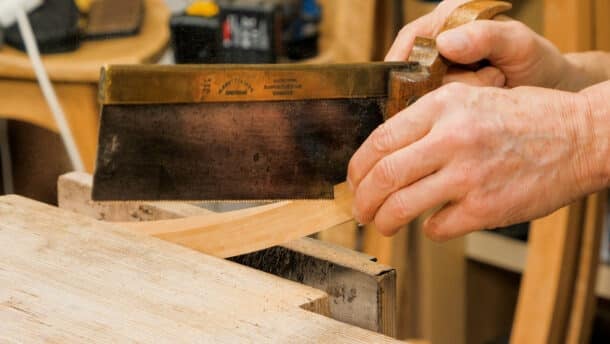
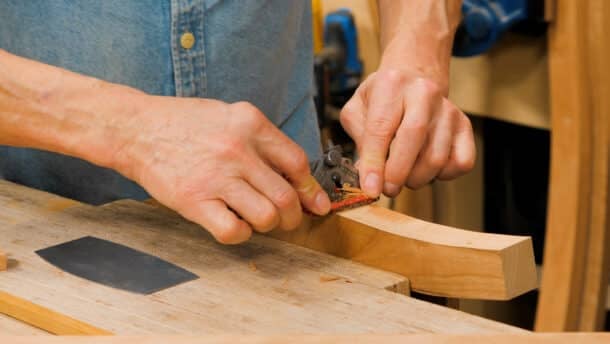
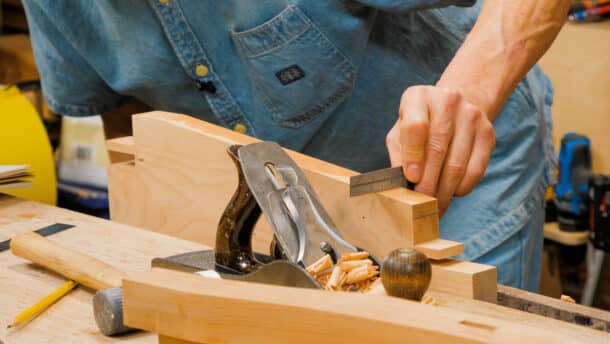
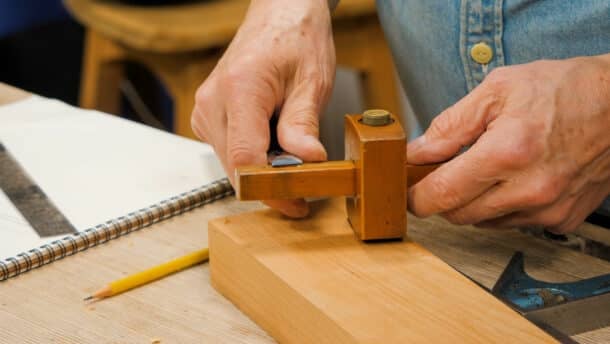
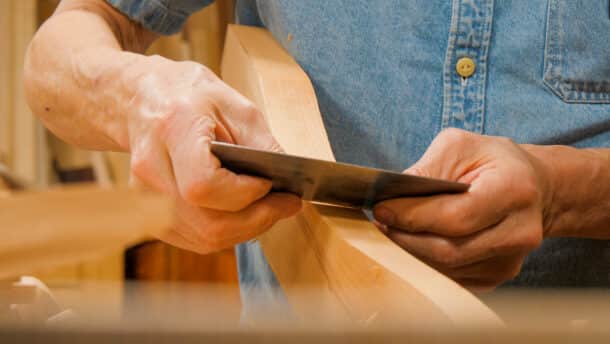
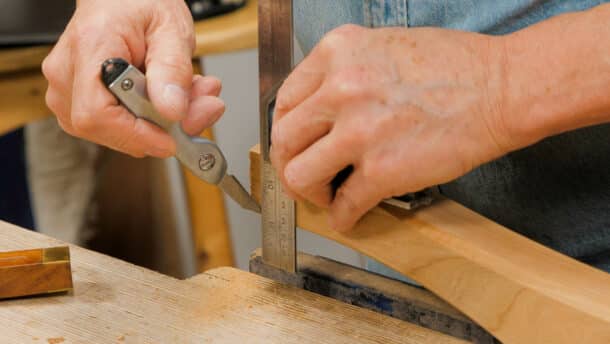
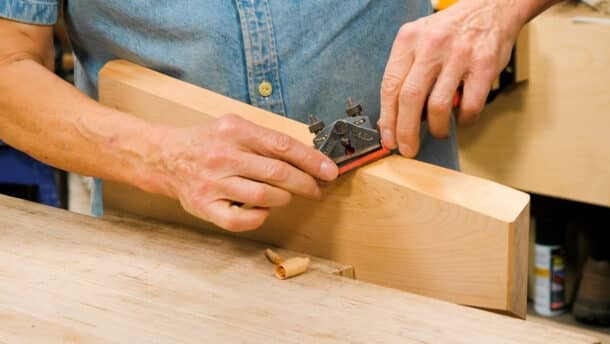
This looks amazing, Paul! I just finished the craftsman-style rocker, but I’ll have to give this one a go some day.
So elegant!
Thanks Paul, I learn a lot from each project
Thanks, Paul. Really looking forward to this project and the whole Sellers Home series.
I love this new approach and look forward to the journey.
I’m not sure my skills will ever get there, but I look forward to this! Such gentle insight.
I love this concept of building the house full of furniture. The Rocking chair should be a fun project. For me, even though I work for perfection, I seldom get there. My projects all bare the scars of minor mistakes and bruises… But that is what makes them special to me. And for the ones i give away to family and friends… They don’t see my boo boos…. 🙂 I look forward to getting started on the Rocking Chair!
I’m in! This will be fun.
I know to whom I will gift it.
The keeper for me will be the Brazos, when available.
I hope you enjoy doing the videos Paul as much as we enjoy watching and doing them.
Great idea for a project series! This first installation is quite elegant.
Really looking forward to putting this on together. Thanks Paul
I like the new formar where some of the easy passages are not detailed or given for acquiired. I never skipped any of the other videos sequences, nevertheless, I find speeding up the easier techniques refreshing and addressing the needs of those of us following you from longer time. Well done team…
Hi Paul,
Added this comment/question to Episode #4, but maybe here is better: Do you plane the faces of the laminations (back slats) after they are band-sawn, prior to glue up?
Regarding planing the laminations…….
…..there are two ways of looking at this: first, if the surfaces are slightly rough but have a clean cut surface from the saw blade, then the slight roughness aids glue-bonding (a bit like using a toothing-plane), but the trade-off in light-coloured woods is that the series of join lines may become more visible. Secondly and alternatively, you could use a light planing or a card scraper if your band-saw is less smooth. Personally, I’d incline to the latter because there is no appreciable stress on the joint other than supporting its own internal stresses when it is bent.
I suppose that if in doubt, mock up one of each and see which is better.
The problem with that theory is that some glues, like PVA and to some extent hide glue, are not gap filling and are stronger and have less creep with really tight joints.
There are gap filling glues. If that’s what you want to do you are better off with epoxy, which is probably the best at this. (NOT quick set epoxies- different animal).
Polyurethane glue will fill gaps at reduced strength, and Titebond Speed Set supposedly fills gaps, but it’s hard to find and I haven’t tried it. I Jodyne also am that something called speed set would ha redid open I’m.
Sorry for the garbled end. Be aware that something called Speed Set probably has short open time.
I just wondered, in a Q and A for the craftsmen rocking chair build, Paul advised against using pine for the rockers. How has the pine version faired strength wise? Does the lamination increase the strength and so make pine suitable?
I want to have a crack at this but given the complexity I’d like a go in pine first before I commit to a more expensive hardwood.
Hi,
Paul says:
A pine one is fine all the way through in pine. I was saying that a pine rocker would not have the worth of an oak one so pick your wood.
Izzy
How is this different from the craftsman rocker posted 4 years ago? If I wanted to make just one which should I choose? My skills are average at best.
Hi,
Paul says:
It’s a completely different chair but many of the skills needed and the tools too are the same. It’s a matter of what you like in terms of looks. Everything for Sellers Home will be new designs of my own.
Izzy
What I’m wondering is whether the rockers are laminated, steam bent or sawn. And if they’re laminated, how easy it is to put a mortise into them… Everything else looks familiar (and great!).
Right, I was going to ask a similar question. I’m pretty sure this one is more challenging than the other rocking chair, so in that case it would be good to make the other first. Maybe one of the WWMC team can correct me if I’m wrong.
Paul- How different is this chair form the Brazos rocker you designed when you were in Texas?
Hi Geoffrey,
Paul says:
Totally different chair. No two parts the same as the Brazos version.
Izzy
Just downloaded the plan set. Will there be a second version that indicates which parts are being detailed on each page? As they are now, it’s not obvious what part on each sheet is being dimensioned.
Thanks!
I want to make a pair of these eventually for the front porch, and was thinking I’d use cedar for weather resistance. Any design or process changes I should keep in mind, or is it pretty much the same as what I’d do with cherry or oak?
Hi,
Paul says:
You don’t say what kind of cedar but western red cedar is very soft as are other cedar types. That means that they can be damaged more readily that’s all.
Izzy
It was indeed western red cedar. I think I’ll go with a harder wood, then, and take care to apply a good weather-resistant finish. Thanks for responding!
The cherry has been stickered and acclimating in my shop as I am ready to begin this ambitious rocking chair. An initial apparent discrepancy: according to the drawings, the cross rail for the front frame is 8 7/8″ up from the base; in the video Paul measured it at 8 3/8″.
Paul, as to types of wood, on the first video you said to use any wood we want or something to that effect. I love the look of sapele. The grain is beautiful. Because I’ve made a couple pieces out of it I know that sapele sometimes has a mind of its own when working it. Would you suggest not using it for this project? Thanks.
I want to build this chair but are all the videos and plans complete? I always like to have all my ducks in a row.
Hello everyone,
sorry but I’m french and please excuse my english, can you tell me what wood to use for this project.
big thank you to you
Hey Pascal,
The wood for the Rocking chair was cherry. It has been great to see the colour deepen over time.
Hello Kathrina,
first of all know that it is an honor for me to have an answer from you!I built the plane recommended by Mr. Sellers to equip myself with the tools necessary for this superb project for me
in France it is not easy for me to obtain wood of this type (even if we grow cherries lol). . Beech, Oak (not sure about my translation) also is easier to provide me. Do you think this could be suitable as well?
May you excuse me for my dubious English and my empathy for your advice…
moreover, I abuse my requirement but in view of the number of Europeans who follow the pationnant courses of Mr. Sellers, would it not be possible to produce English subtitles? Huge job I design it
I promise I’ll stop my requests there
If you click over to the alternative player there are some automatically generated subtitles on our most recent videos.
I checked with Paul and both beech and oak would be suitable.